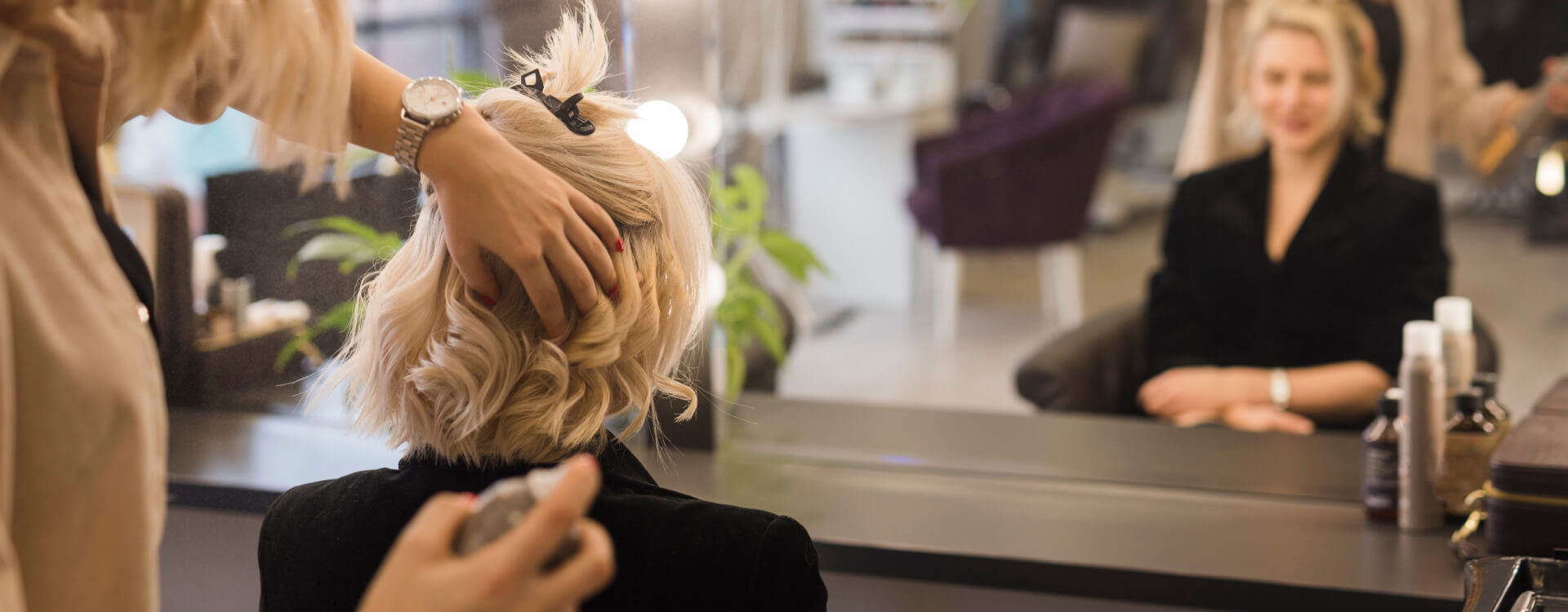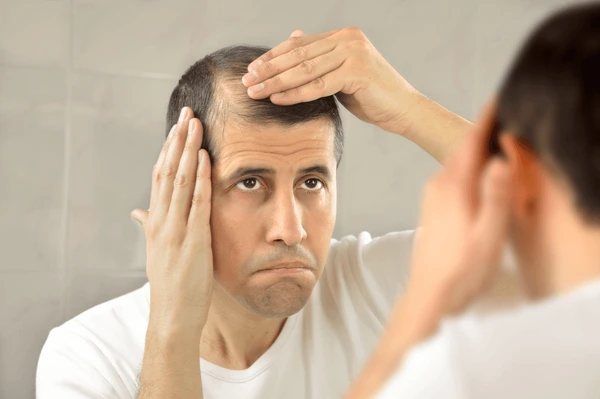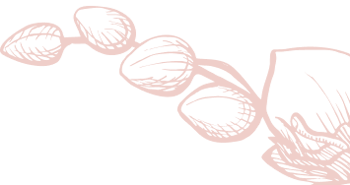Overview
Androgenetic alopecia, often known as male pattern baldness, can be brought on by a skin condition or a scalp infection. There are numerous treatments available to stop hair loss or promote hair growth. These treatments can be discussed with a doctor by a patient.
Baldness often refers to a significant loss of scalp hair. The most frequent cause of baldness is hereditary hair loss as people age. Some people would rather let their hair loss progress naturally without treatment or camouflage. Others may disguise it with hats, scarves, makeup, or hairstyles. Others decide to use one of the treatments on offer to stop additional hair loss or encourage growth.
Consult your doctor about your hair loss's cause and treatment options prior to beginning any regimen.
The best dermatologist in Lucknow for hair, Dr. Asma, provides specialized solutions for hair fall in men caused by genetics, stress, hormonal imbalance, or lifestyle factors. Treatments such as PRP therapy, mesotherapy, and GFC are designed to stimulate follicles and slow hair thinning. With personalized care, men achieve stronger, fuller hair and long-lasting results through advanced dermatological expertise.
What Cause of Hair Fall in Men?
Consult your doctor about the reasons behind your hair loss and potential remedies before beginning any programme.
Before starting any programme, speak with your doctor about the causes of and possible treatments for your hair loss.
Genetic factors also affect the likelihood of male-pattern baldness.
These factors contribute to the gradual shrinkage of the tiny cavities in the skin at the base of hairs, known as scalp hair follicles. Hair grows progressively shorter and finer until no new hairs grow.
Depending on their age and genetic make-up, most white guys go somewhat bald. By the age of 50, up to 50% of all white males have male pattern baldness, and by the age of 70, up to 80% of the same group of men have the condition. The impact is smaller on other ethnic groups, such the Chinese and the Japanese.
Men are more likely to lose their hair themselves if they have more first- and second-degree relatives who do so.
Available Hair Fall Treatments
Medications
There are over-the-counter (OTC) medicines that can possibly treat hair loss. These consist of ointments and foams.
The two most common medications are minoxidil (Rogaine) and finasteride (Propecia).
Platelet-rich plasma (PRP)
PRP Treatment is a newer treatment that doctors use for androgenetic alopecia.
In order to achieve this, a doctor must draw blood and spin it in a centrifuge. This device separates the PRP from the blood so that the physician can remove the platelets and administer them to particular regions of the patient's scalp.
The platelets may promote healing in damaged hair follicles.
Therapies
Therapies for hair loss often involve a combination of drugs, ointments, creams, and shampoos, which a dermatologist may prescribe.
Learn more about hair growth products available online.
Other therapies involve meeting with specialists.
Several companies specialize in hair treatments for men. They typically offer services to help work out the best course of action and tailor treatments to an individual’s needs.
Hair Transplant
The two most popular hair transplant procedures are follicular unit transplantation and follicular unit extraction.
Hair transplantation is for people with male pattern baldness. A hair transplant involves removing hair follicles from the back of the head, where they are resistant to DHT, and placing them on the scalp.
Follicular unit transplantation (FUT)
FUT is the more “classic” method. It involves removing some skin, typically from the back of your scalp, where there’s an abundance of hair. Then, a surgeon removes the follicles from that strip of skin. Finally, they reinsert the hair follicles into the part of the scalp where you’re experiencing hair loss.
Follicular unit extraction (FUE)
In FUE, a surgeon removes hair follicles directly from the scalp and transplants them to the bald parts of the scalp. Direct hair implantation (DHI) is a modified version of this technique in which a specialized tool is used to complete the procedure.
Prevention
Most baldness is caused by genetics (male-pattern baldness and female-pattern baldness). This type of hair loss is not preventable.
These tips may help you avoid preventable types of hair loss:
Be gentle with your hair. Use a detangler and avoid tugging when brushing and combing, especially when your hair is wet. A wide-toothed comb might help prevent pulling out hair. Avoid harsh treatments such as hot rollers, curling irons, hot-oil treatments and permanents. Limit the tension on hair from styles that use rubber bands, barrettes and braids.
Ask your doctor about medications and supplements you take that might cause hair loss.
Protect your hair from sunlight and other sources of ultraviolet light.
Stop smoking. Some studies show an association between smoking and baldness in men.
If you're being treated with chemotherapy, ask your doctor about a cooling cap. This cap can reduce your risk of losing hair during chemotherapy.


